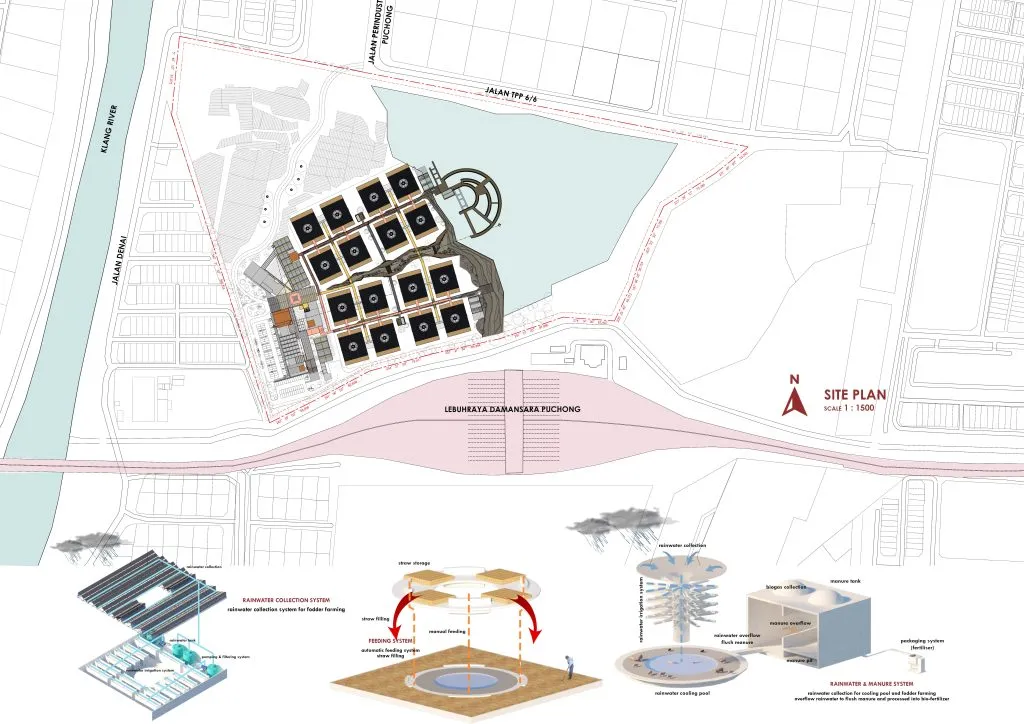In the heart of China’s agricultural evolution, a groundbreaking study led by Yue Ma from Universiti Putra Malaysia is reshaping the future of swine livestock housing. The research, published in the *Journal of Asian Architecture and Building Engineering* (known in English as the *Journal of Asian Architecture and Building Engineering*), combines the Kano, Analytic Hierarchy Process (AHP), and Quality Function Deployment (QFD) models to create a more intelligent, sustainable, and efficient approach to designing swine housing spaces. This innovative methodology is not just a leap forward for the agricultural sector but also holds significant implications for the energy sector, particularly in terms of sustainability and efficiency.
The study addresses the complex relationship between evolving farming requirements and intelligent housing space design. By refining vague requirements into specific design features, Ma and his team have identified four key functional requirements, including 14 design attributes, and 16 key design characteristics, all ranked by priority. The results highlight the importance of sustainable materials, easy-to-construct and stable structures, modular design approaches, and optimized spatial density in the design of intelligent swine housing spaces.
“This integrated approach allows us to capture changes in user requirements effectively, overcoming subjectivity in decision-making and enhancing design precision,” Ma explained. The application of the Kano-AHP-QFD model provides a robust framework for designing intelligent livestock housing that is both innovative and practical.
The research divides the design of intelligent swine livestock housing into areas requiring innovative design exploration and domains where technologies are already mature. This distinction is crucial for stakeholders in the energy sector, as it identifies opportunities for investment and innovation in sustainable and efficient housing solutions.
The commercial impacts of this research are substantial. By prioritizing sustainable materials and modular design, the study paves the way for more energy-efficient and environmentally friendly livestock housing. This not only reduces the carbon footprint of the agricultural sector but also aligns with global trends towards sustainability and green energy.
Moreover, the study’s emphasis on easy-to-construct and stable structures can lead to cost savings and faster deployment of housing solutions. This is particularly relevant for the energy sector, as it can drive the development of more efficient and scalable energy solutions for agricultural applications.
As the world grapples with the challenges of climate change and resource depletion, the need for sustainable and efficient solutions has never been greater. This research offers a promising path forward, demonstrating how innovative design and technology can address these challenges and create a more sustainable future for the agricultural and energy sectors.
In the words of Ma, “This study provides theoretical and practical guidance for intelligent livestock housing design, offering a roadmap for stakeholders to navigate the complex landscape of sustainable and efficient housing solutions.” As the agricultural and energy sectors continue to evolve, the insights and methodologies presented in this research will undoubtedly shape the future of intelligent livestock housing and beyond.

